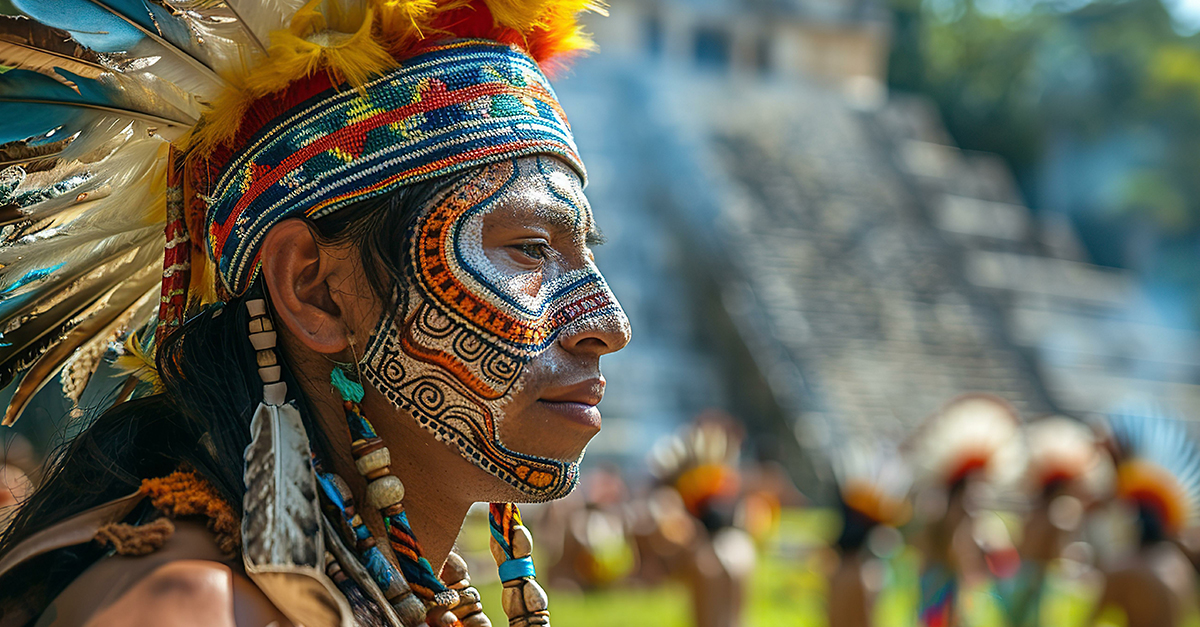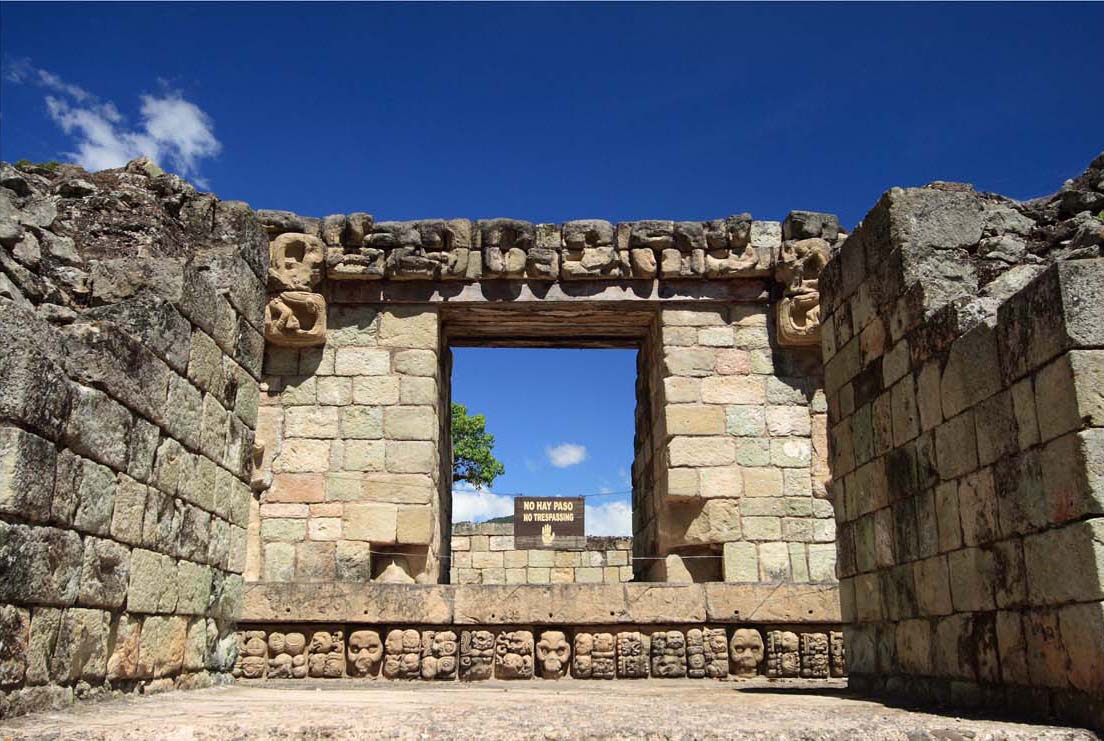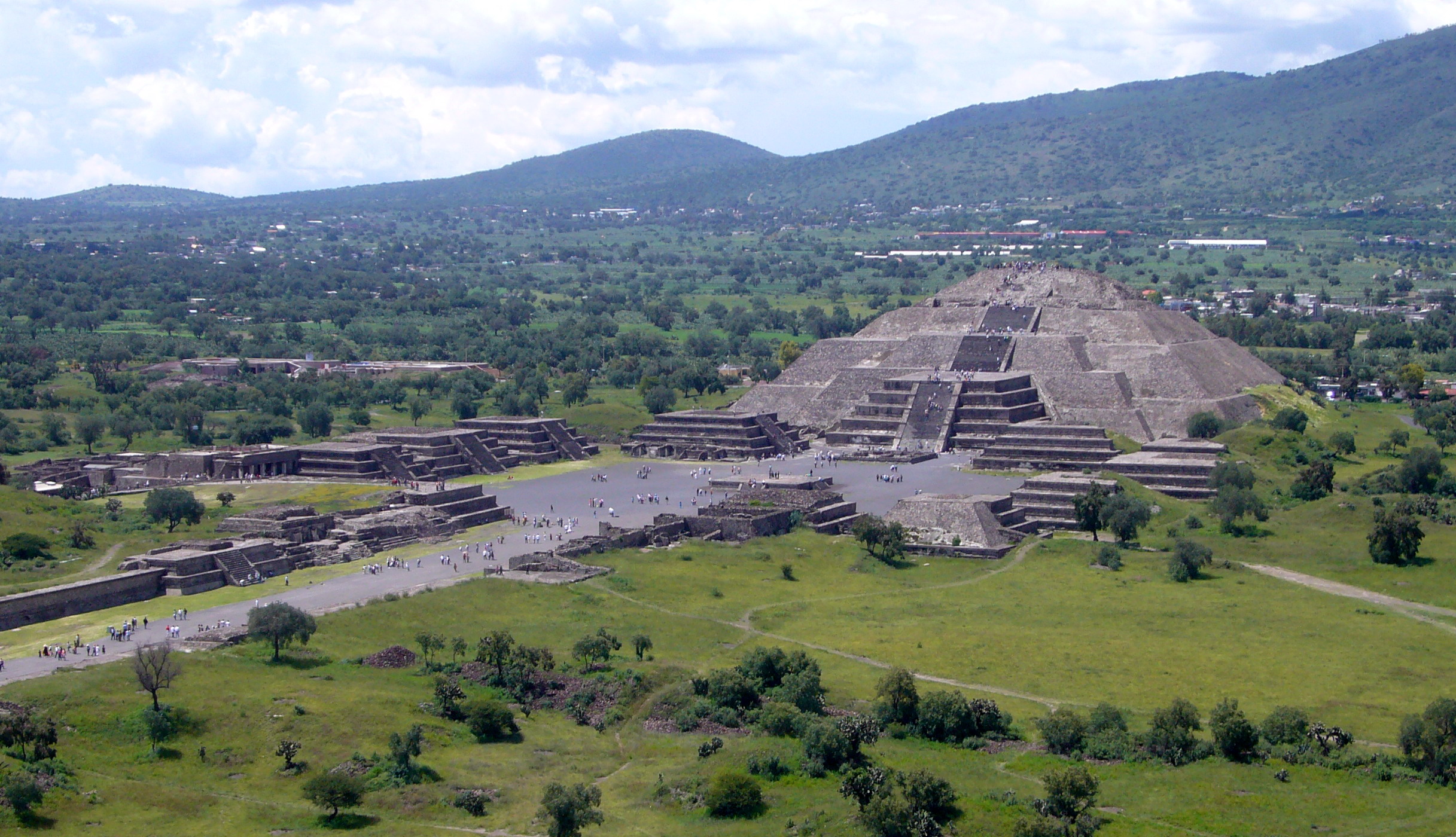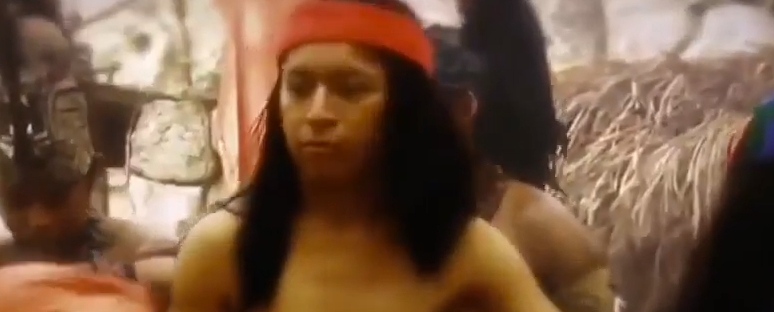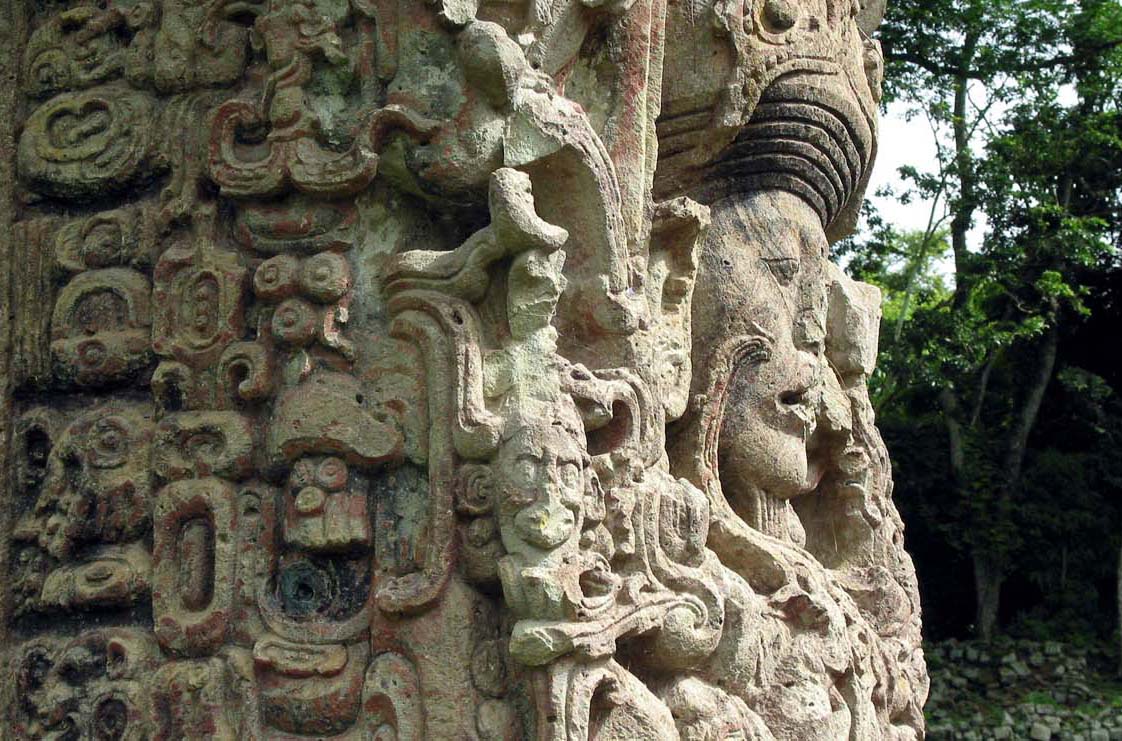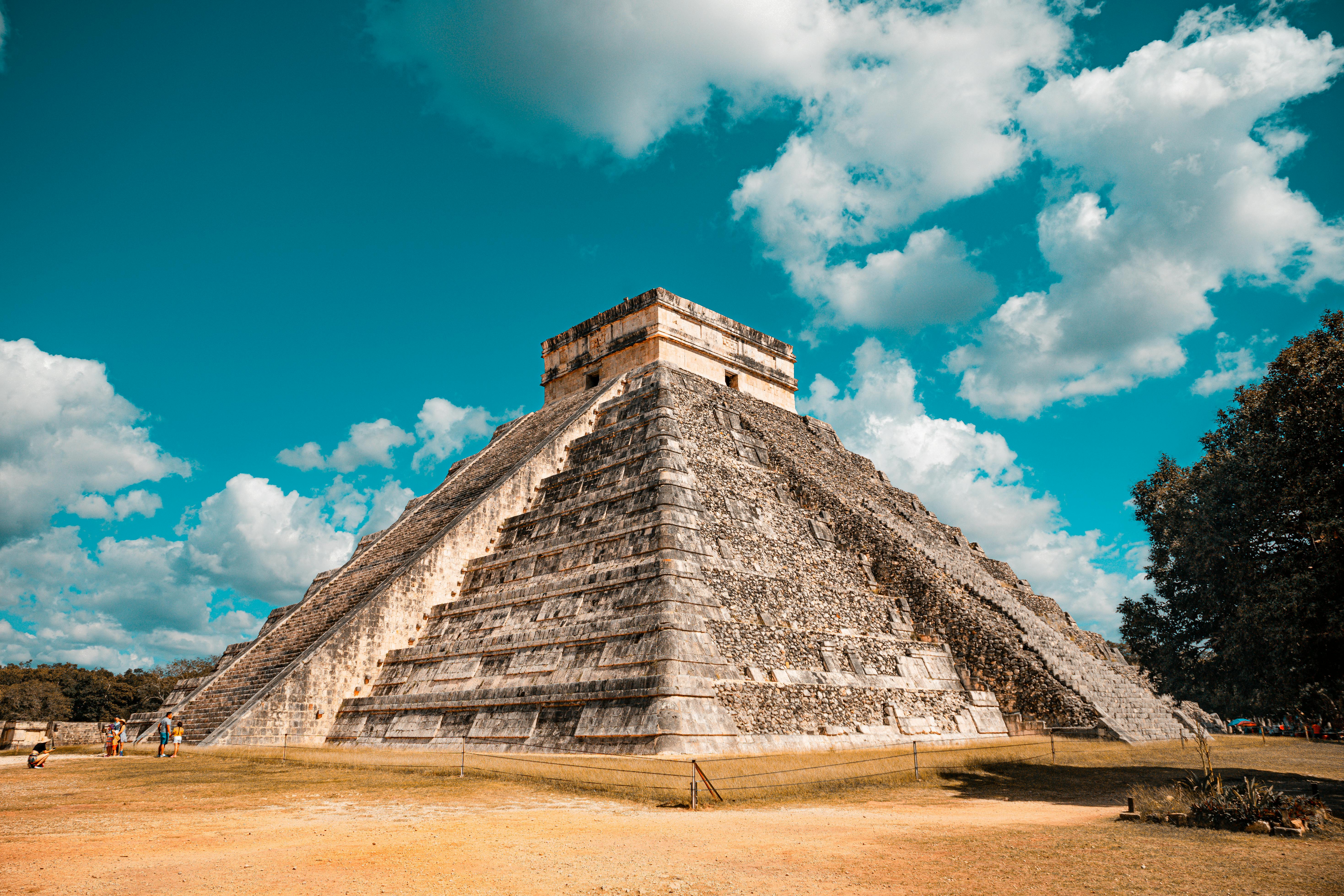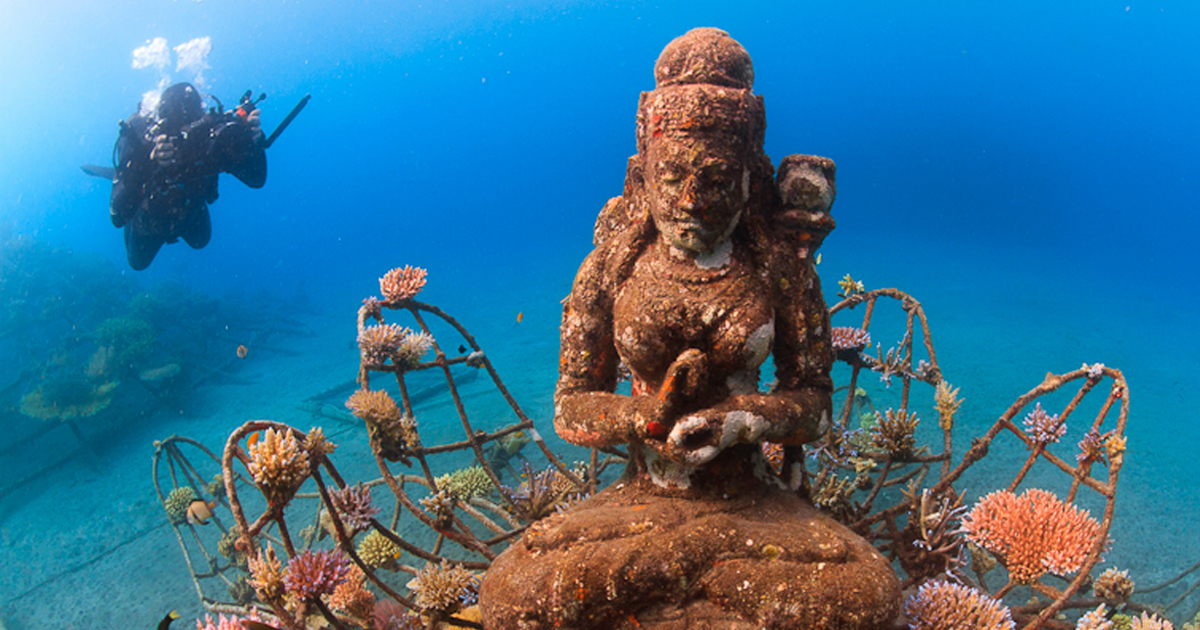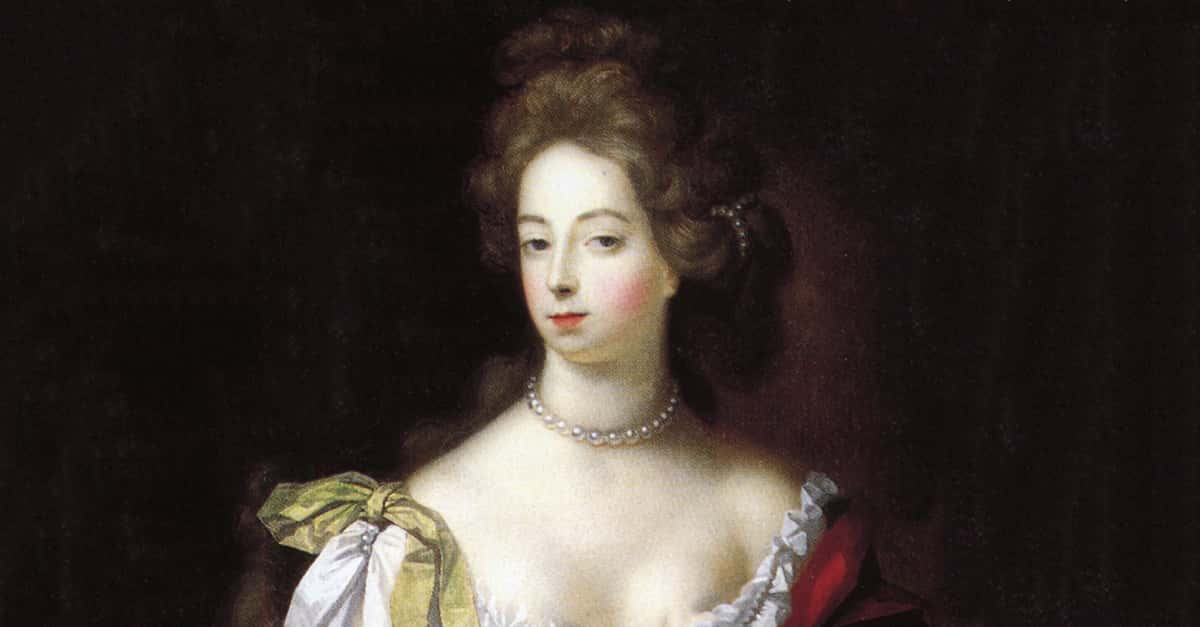A Thousand-Year-Old Riddle
Once flourishing throughout present-day Guatemala, Belize, and southern Mexico, the complex civilization of the Maya mysteriously went into a steep decline. The collapse of the Maya remains a hot issue for today’s archaeologists, not just for its own sake, but for what it might tell us about the future of our own civilization.
Going Back In Time
Before resolving the sources of the Maya collapse, researchers had to establish that a collapse actually occurred. We must first look back to the eighth century AD. At that time, the cradle of Maya civilization lay in the lowland cities of Tikal, Palenque, Copán, and Calakmul in southern Mexico, Guatemala, and western Honduras. There are three key pieces of evidence that a civilizational collapse was underway.
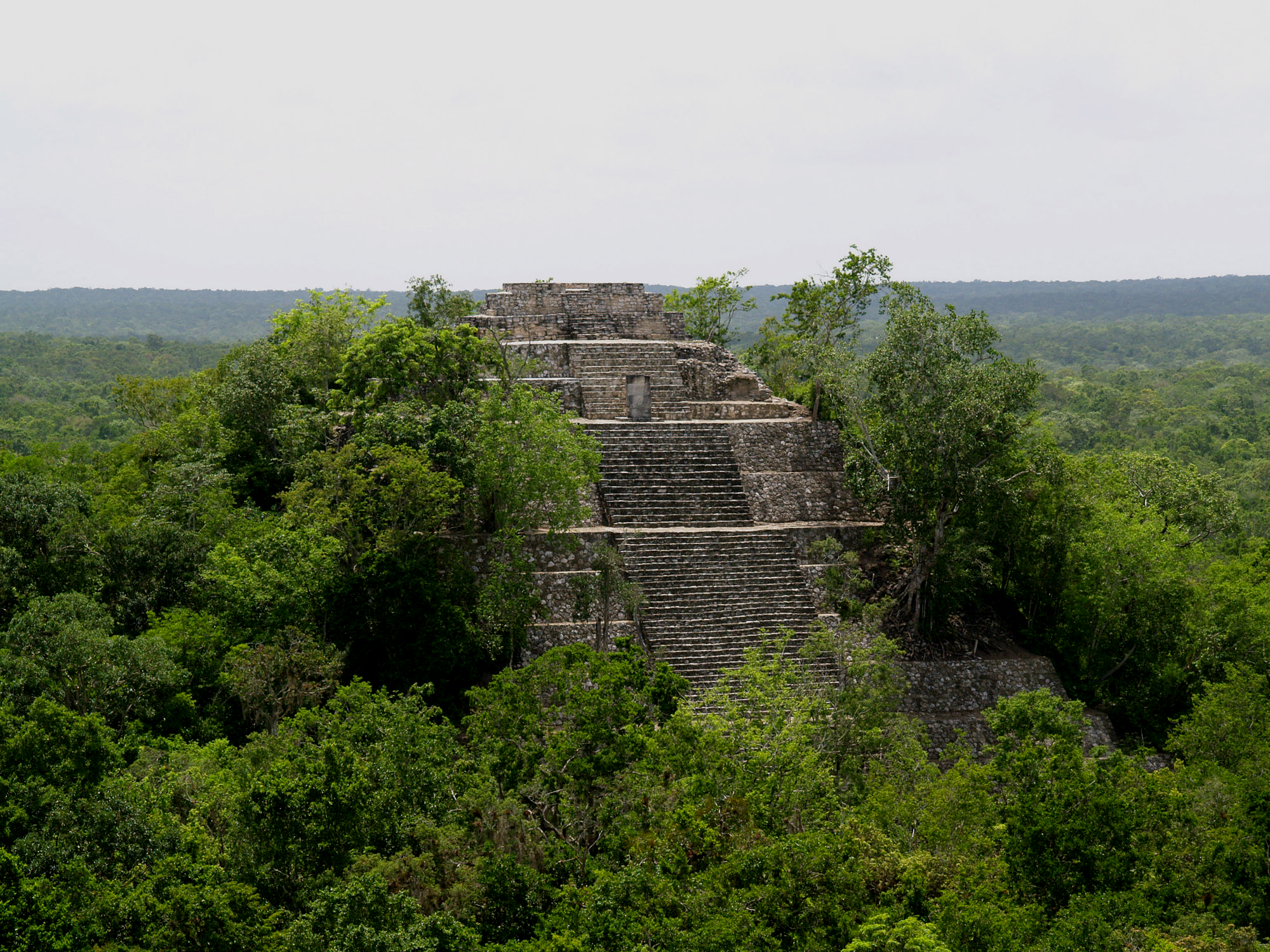 PhilippN, CC BY-SA 3.0, Wikimedia Commons
PhilippN, CC BY-SA 3.0, Wikimedia Commons
A Slowdown In Construction
The main indication of impending doom lies in the sudden drop in construction of new monuments and other structures that deepened in the 700s. Always meticulous in recording the dates of new buildings, the Maya completed 40 new buildings in 750, but only 10 in 800. By 900, this total had declined to zero.
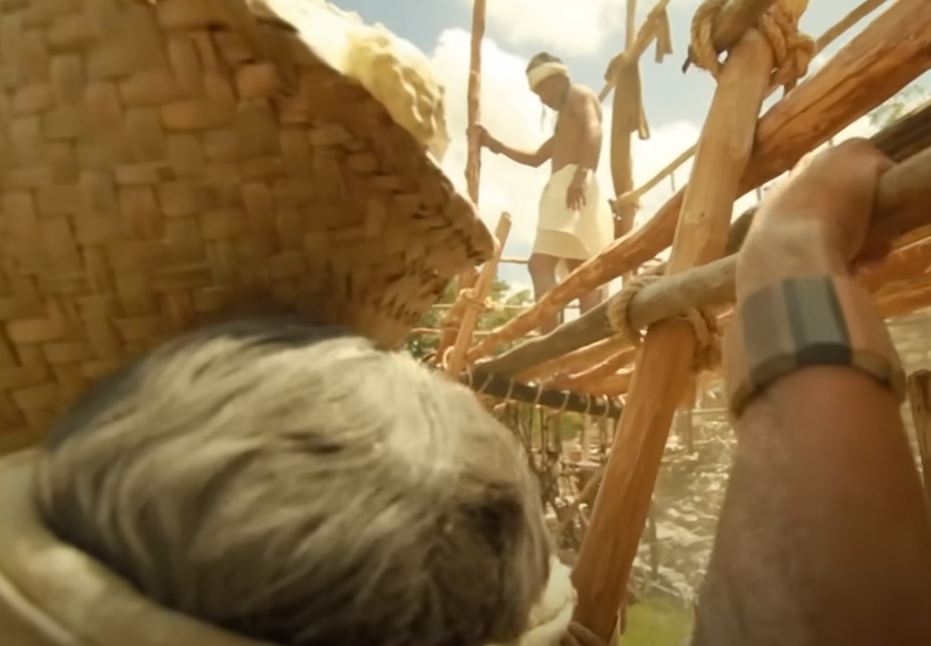 National Geographic, Lost World of the Maya (2019)
National Geographic, Lost World of the Maya (2019)
The End Of Royal Bloodlines
Secondly, researchers cite the well-documented progression of Maya kings through the centuries. The last king for which there is any record is Jade Sky, who ruled the city of Quirigua (30 miles north of Copán) 895–900 AD. The end of recorded royal bloodlines holds true for all the Maya city-states of the era.
 Stuardo Herrera, CC BY 2.0, Wikimedia Commons
Stuardo Herrera, CC BY 2.0, Wikimedia Commons
Population Implosion
The third and perhaps most convincing thread of evidence of Maya malaise lies in the steep population loss that occurred in the lowland regions from 750–900 AD. Using a scientific technique called obsidian hydration dating, researchers have inferred a population decline in Copán from a peak of 28,000 in the mid-700s to 15,000 in 900.
A Long List Of Possibilities
The Maya decline is the most fiercely debated topic in archaeology. With more than 80 different theories explaining what happened, historians and researchers are still a long way from reaching a consensus. However, they have narrowed the field down to a handful of the most likely possibilities.
 National Geographic, Lost World of the Maya (2019)
National Geographic, Lost World of the Maya (2019)
Theory: Foreign Conquest
Did outside invaders conquer and plunder the once prosperous Maya lowlands? There were civilizations in Mesoamerica at the time that may have cast a greedy eye upon the Maya and their thriving society. One of those was the city-state of Tula.
 AlejandroLinaresGarcia, CC BY-SA 3.0, Wikimedia Commons
AlejandroLinaresGarcia, CC BY-SA 3.0, Wikimedia Commons
The Maya-Toltec Connection
Tula was the main city-state of the powerful Toltec civilization. Archaeologists have noted the influence of Toltec architectural styles on the structures at the northern Maya city of Chichén Itzá. The Toltecs began to flourish in the ninth century, right around the period of accelerated Maya decline. But the Toltecs were not the only neighbors whose power the Maya had to worry about.
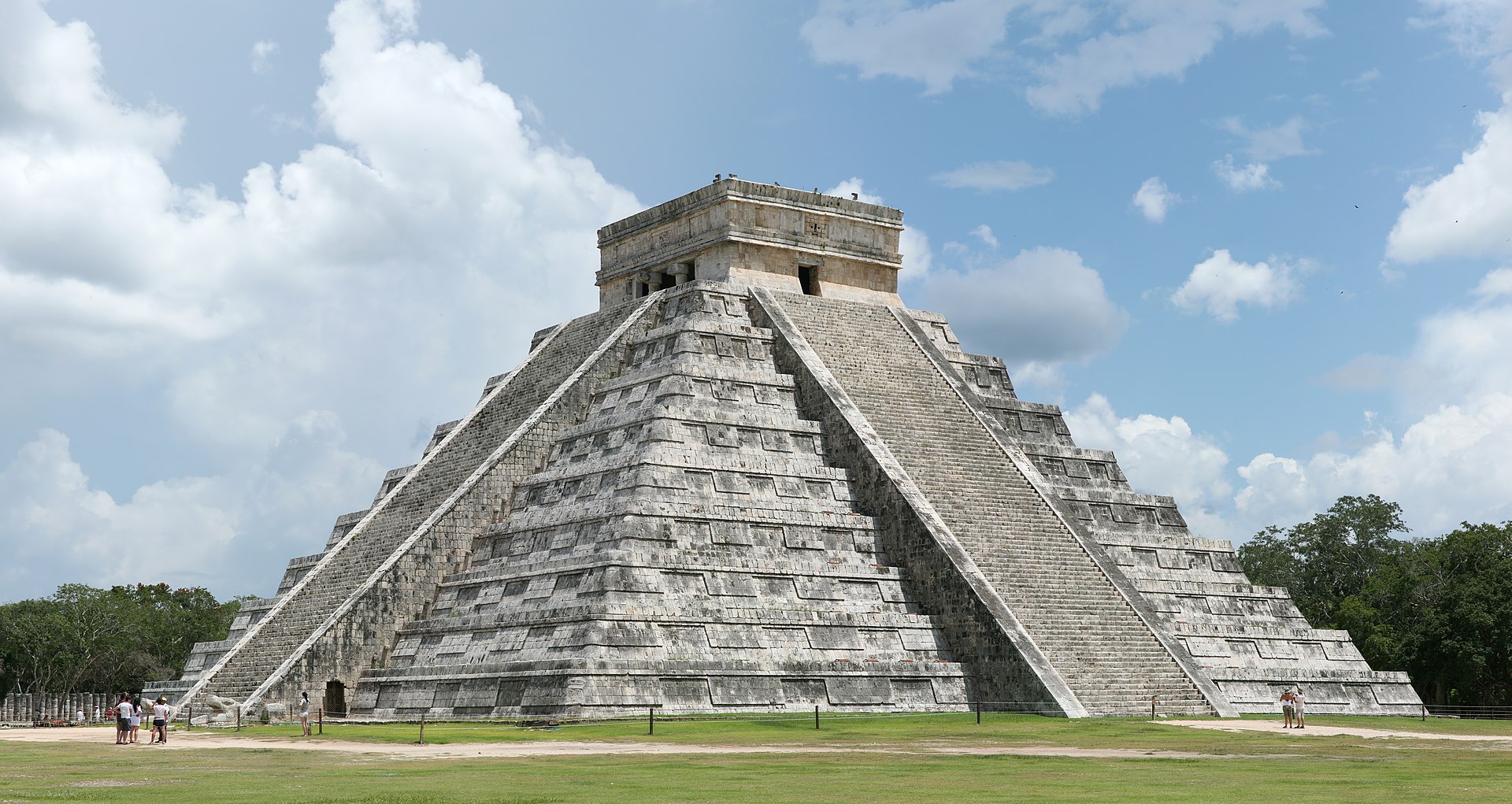 Daniel Schwen, CC BY-SA 4.0, Wikimedia Commons
Daniel Schwen, CC BY-SA 4.0, Wikimedia Commons
The Influence Of Teotihuacan
The city of Teotihuacan, north of present-day Mexico City, was the biggest city-state in Mesoamerica between the second and fifth centuries. There is a long history of interaction between the peoples of Teotihuacan and the Maya, which is visible in the artifacts found in both places. Could the two societies have drifted into armed conflict at some point?
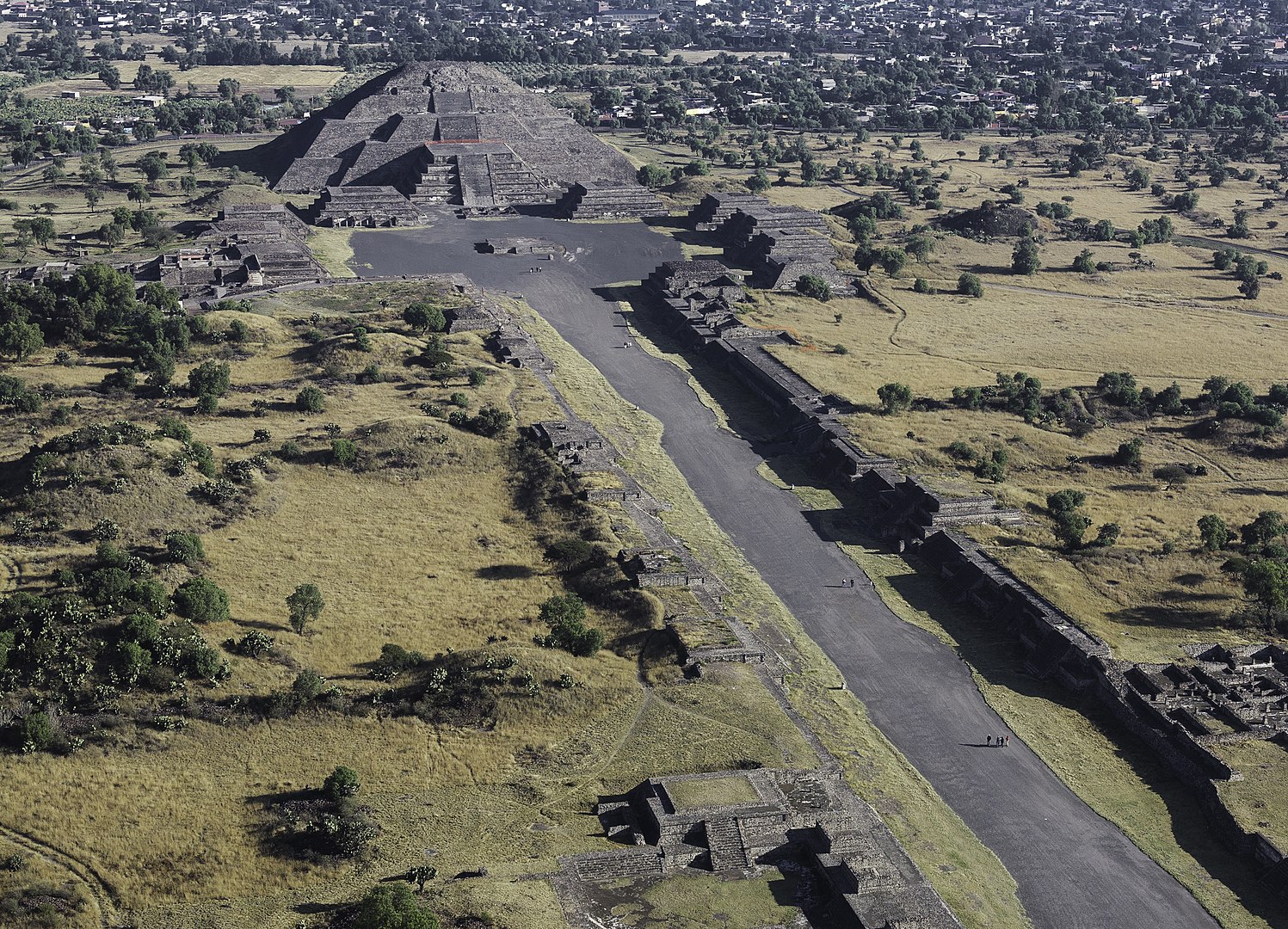 Ricardo David Sánchez, CC BY-SA 3.0, Wikimedia Commons
Ricardo David Sánchez, CC BY-SA 3.0, Wikimedia Commons

History's most fascinating stories and darkest secrets, delivered to your inbox daily.
A Lack Of Hard Evidence
The principal problem with the foreign invasion theory is the lack of any direct evidence of such an interaction. Despite the long relationship between the Maya and the people of Teotihuacan, there are no pictograms or other depictions of combat between the two peoples. But there are other problems with the invasion hypothesis.
Events Out Of Order
Radiocarbon dating indicates that the Toltec-influenced structures at Chichén Itzá were built at the same time as the classic Maya buildings. To make matters worse, these structures were built while there was a Maya king still on the throne. This clouds the foreign invasion hypothesis of Maya collapse. But even if the foreign invasion theory doesn’t hold much water, the Maya were doing a lot of fighting—with each other.
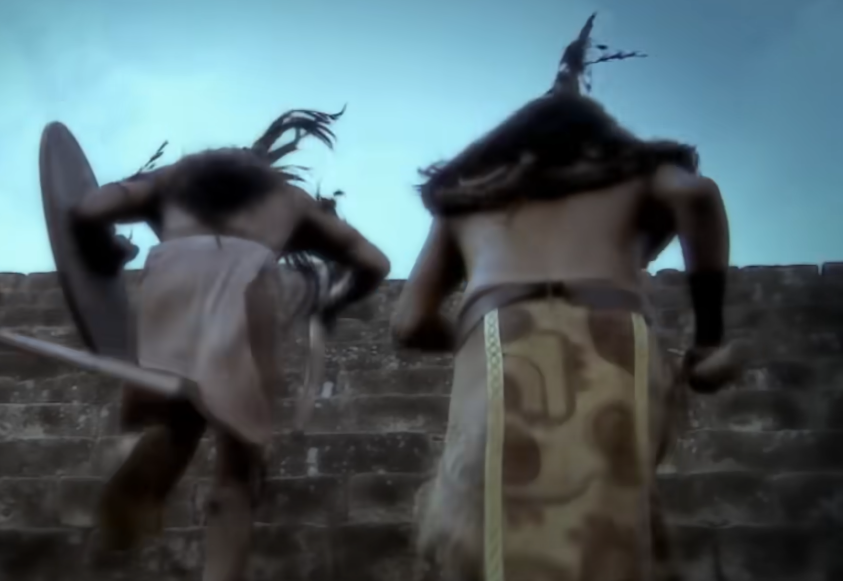 National Geographic, Lost World of the Maya (2019)
National Geographic, Lost World of the Maya (2019)
Theory: Civil Conflict
While earlier historians of the Maya preferred to portray them as peaceful astronomers and sculptors, much research has shown that the Maya city-states often fought with each other. A classic example is Seibal. Site of one of the last Maya settlements to be abandoned, it showed abundant evidence of defeat and subjugation by neighboring city-states in the eighth century.
 Sébastian Homberger, CC BY-SA 3.0, Wikimedia Commons
Sébastian Homberger, CC BY-SA 3.0, Wikimedia Commons
Civil Conflict: Symptom Or Cause?
While armed struggle involving neighboring Maya city-states was extremely destructive, it cannot explain the Maya collapse alone. One problem is that these upheavals are just as much an effect of a collapse as they are a cause. Archaeologists who’ve made the Maya the focus of their life’s work insist that the roots of the Maya collapse are far more complex.
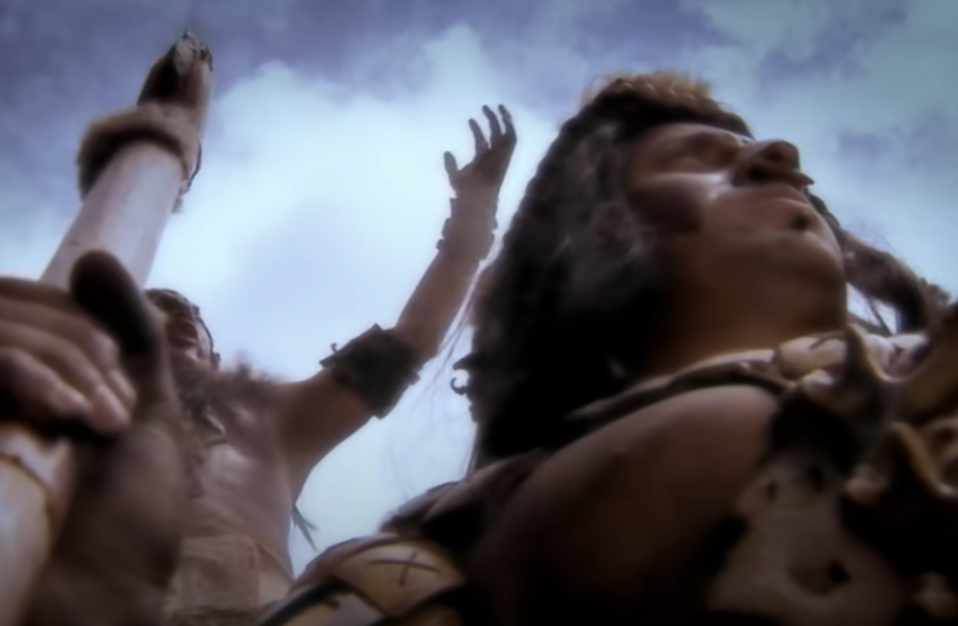 National Geographic, Lost World of the Maya (2019)
National Geographic, Lost World of the Maya (2019)
Theory: Breakdown Of Trade Systems
Evidence shows that the Maya relied on a complicated and fragile network of trade routes to maintain their economy. Much of this trade was carried on with the mighty city-state of Teotihuacan. But Teotihuacan eventually declined, leading to a devastating loss of suppliers and markets for the Maya economy. Could this loss of commerce have triggered the end of the Maya?
 Wernervp, CC BY 3.0, Wikimedia Commons
Wernervp, CC BY 3.0, Wikimedia Commons
A Change In The Timeline
While historians previously believed that Teotihuacan only declined in the eighth century, the current consensus says that the great city-state had already seen its best days by the early seventh century. That leaves another 100–150 years in which the Maya prospered. Clearly, the loss of trade routes can’t entirely explain the Maya collapse.
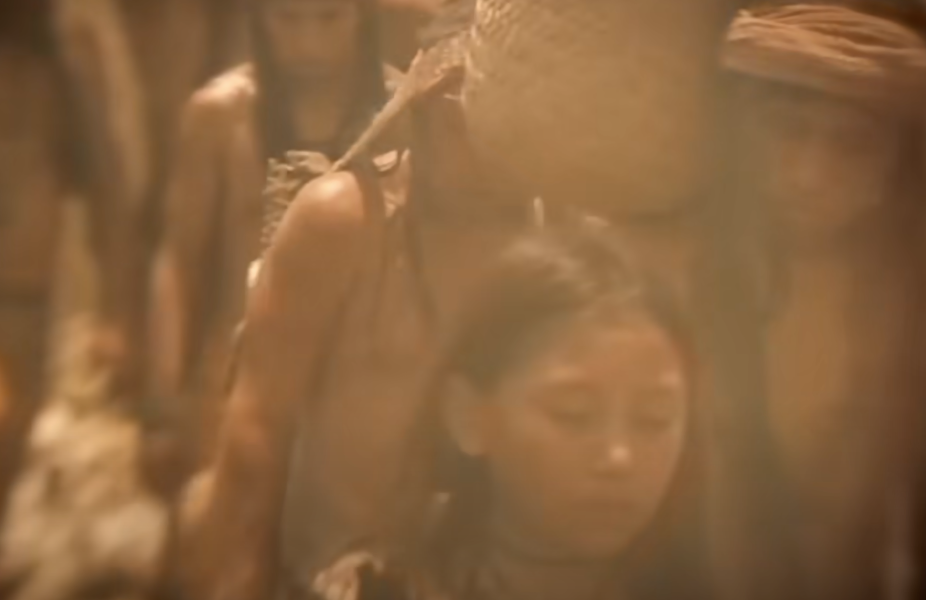 National Geographic, Lost World of the Maya (2019)
National Geographic, Lost World of the Maya (2019)
Climate Change As A Driver Of History
The enormous increase in knowledge of past climatic conditions worldwide has led to greater understanding of the influence of climate change on the growth and decline of civilizations. Where political and economic factors were once viewed as the main drivers of change, climate change now plays a key role. The influence of climate on the Maya is not lost on today’s researchers.
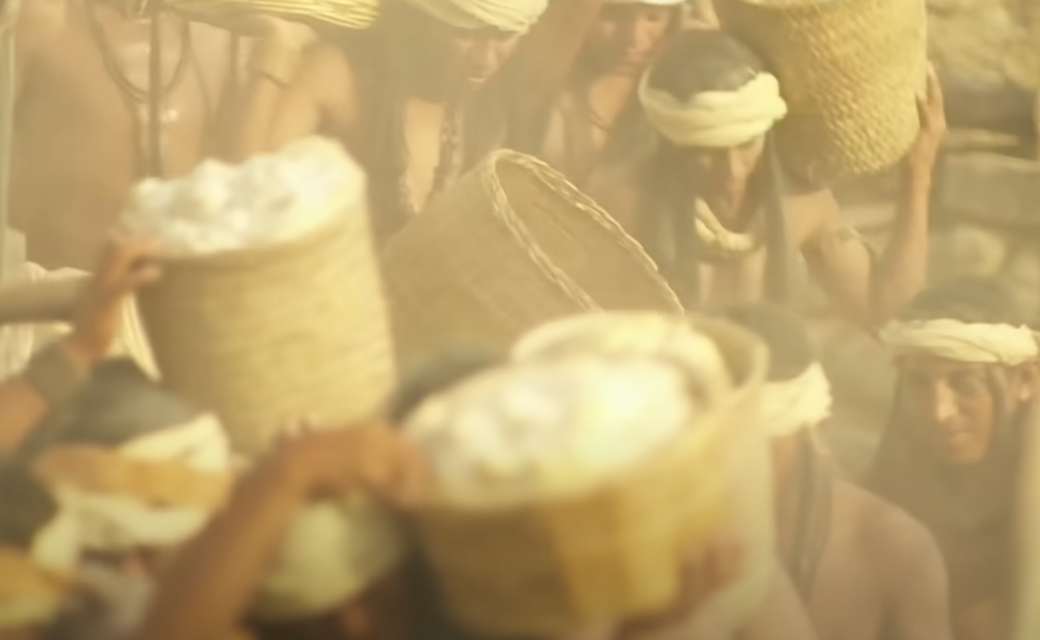 National Geographic, Lost World of the Maya (2019)
National Geographic, Lost World of the Maya (2019)
Theory: Epidemics
Some believe that the spread of infectious disease played a pivotal—and deadly—role in the depopulation of the Maya. Parasitic diseases would certainly thrive in the steamy jungle environments of Central America. Moreover, such diseases would prey on children most of all, decreasing people’s general health levels throughout their lives, and wreaking havoc on the agricultural workforce. But the disease theory is as problematic as all the others.
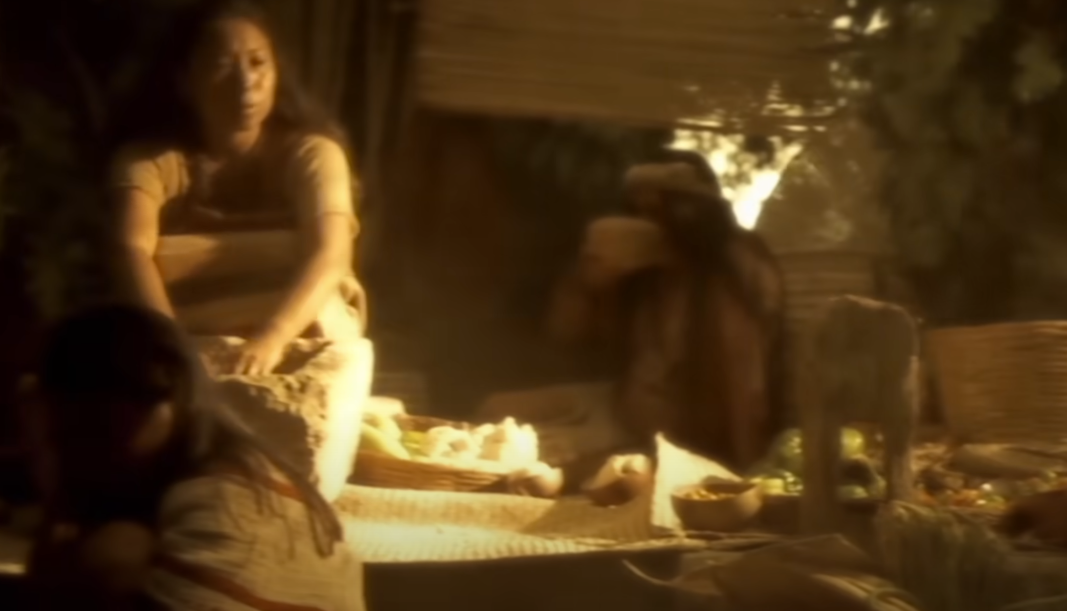 National Geographic, Lost World of the Maya (2019)
National Geographic, Lost World of the Maya (2019)
Only A Supporting Role
While the disease theory of Maya depopulation is intriguing, it is difficult to advance as anything more than a partial reason for the collapse. It is impossible to run the numbers on how much disease might have affected the Maya, since there is such a lack of hard data on the subject. But a lack of data is certainly not a problem for the next theory on our list.
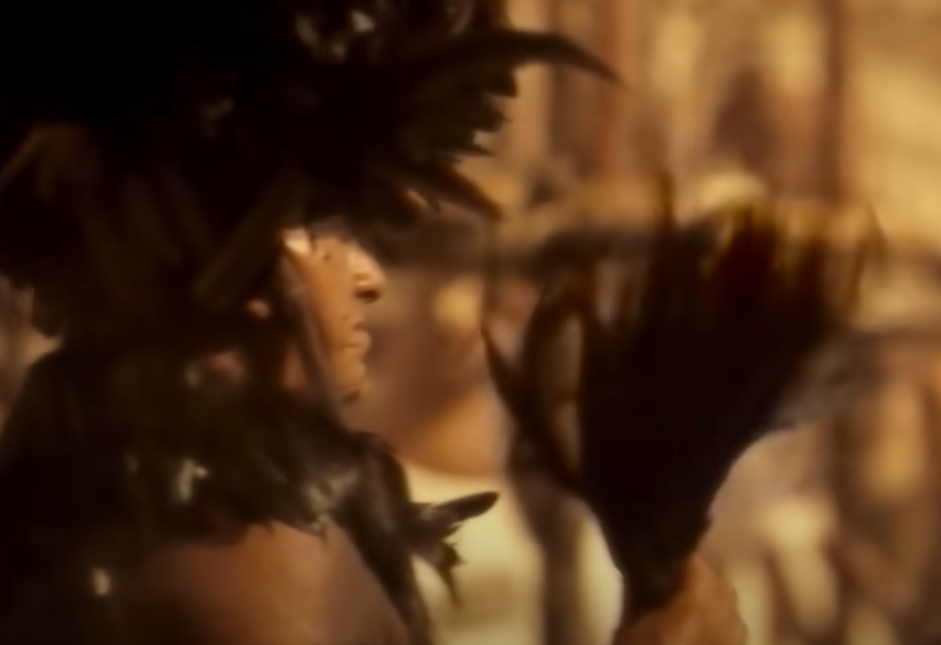 National Geographic, Lost World of the Maya (2019)
National Geographic, Lost World of the Maya (2019)
Theory: Drought
The growing field of climate change studies allows scientists a window into past conditions. Using the data collected from lakebed sediments, tree-rings, and groundwater samples, researchers can infer the relative levels of rainfall through the most critical years of the Maya collapse. The results tell a tale of frequent and deep droughts to a fragile water system.
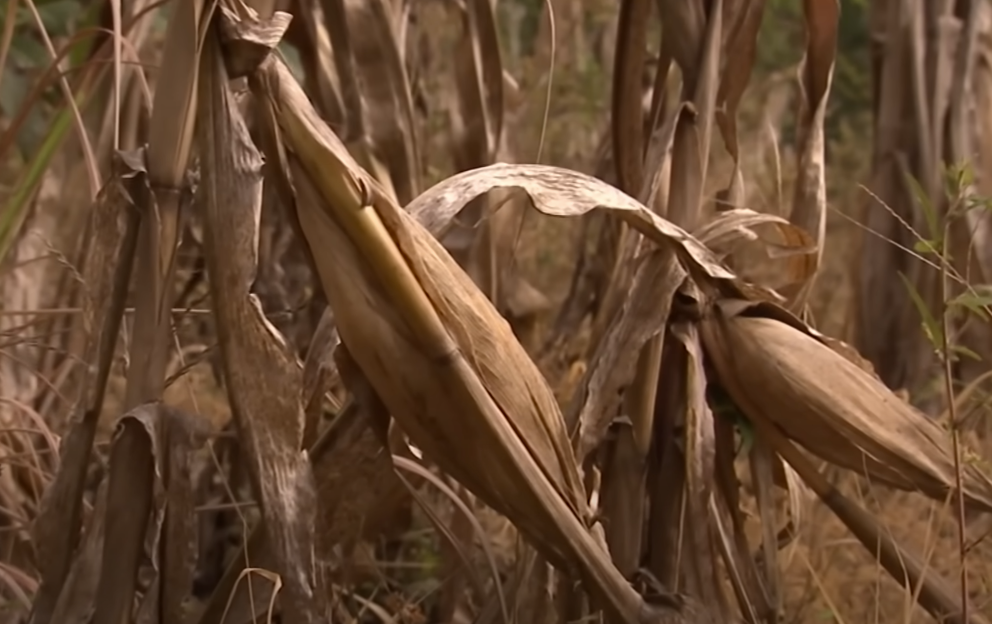 National Geographic, Lost World of the Maya (2019)
National Geographic, Lost World of the Maya (2019)
A Fragile System
Most people visualize the Maya as inhabitants of lush rainforests, enjoying a bracing mist under the shelter of a forest canopy. But researchers tell a very different story, one in which the Maya lived with frequent seasonal droughts and hurricanes. Relying on a complex system of aqueducts, natural reservoirs, and drainage and filtration systems, the Maya were highly dependent on rainfall in a region that wasn’t traversed by any major rivers.
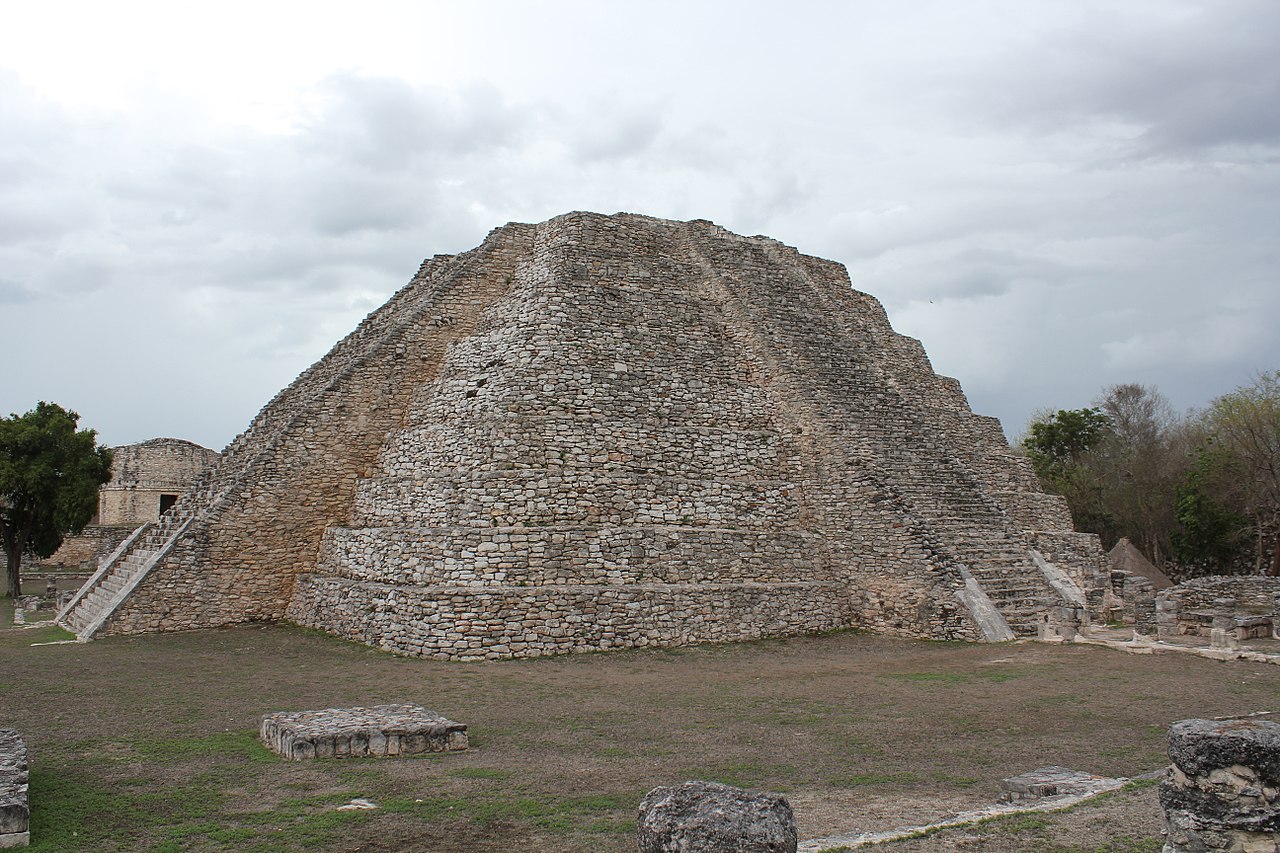 Arian Zwegers, CC BY 2.0, Wikimedia Commons
Arian Zwegers, CC BY 2.0, Wikimedia Commons
How A Drought Brings End Times
The drought theory of the Maya collapse holds that frequent prolonged droughts resulted in decreased agricultural production, which would have in turn brought further hardship: drying up of water supplies and erosion of thinning soil due to a loss of vegetation. But what evidence do we have for such events?
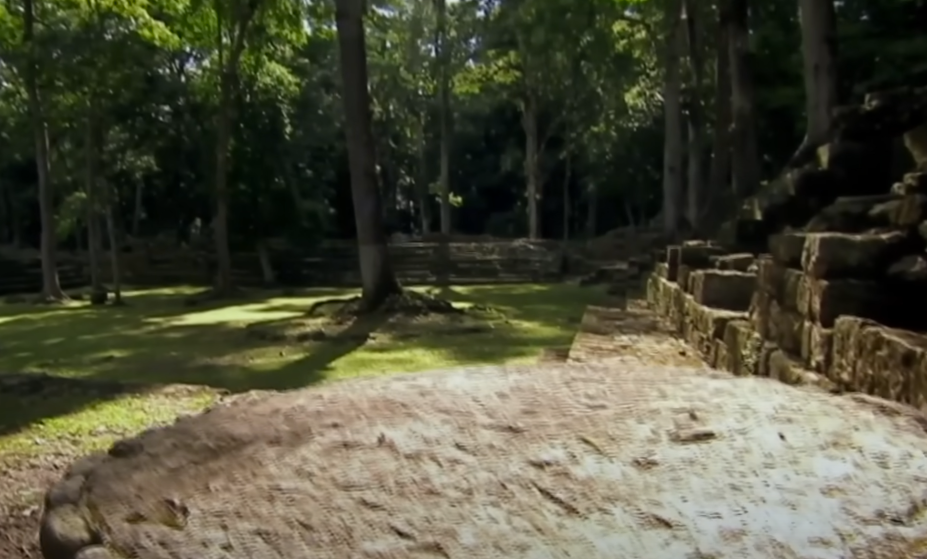 National Geographic, Lost World of the Maya (2019)
National Geographic, Lost World of the Maya (2019)
An Important Study
In 1995, a team of researchers from Cambridge University carried out a study of the sediments in Lake Chichancanab in the Yucatán. The record contained in these sediments allowed a climate reconstruction showing a period of severe drought in the region between 800–1000 AD. This perfectly coincides with the depopulation period of the Maya, and could explain a variety of other events as well.
 Akke, CC BY 3.0, Wikimedia Commons
Akke, CC BY 3.0, Wikimedia Commons
One Theory To Rule Them All
The power of the drought theory lies partially in its foundation in climate records, but also in its ability to account for other disastrous events marking the Maya downfall. Internal strife, loss of trade opportunities, disease epidemics can all be explained as the results of a society under great strain as their water supply was stretched to its very limits. But not everybody is convinced that things can be wrapped up so neatly.
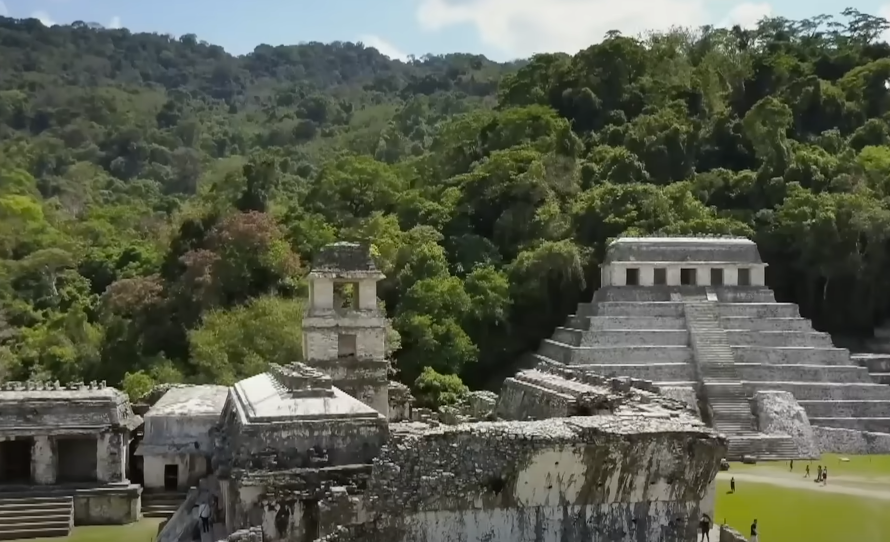 National Geographic, Lost World of the Maya (2019)
National Geographic, Lost World of the Maya (2019)
How Deep Was The Drought?
Critics of the drought theory point to the lack of an exact quantity of rainfall in any given year for the collected climate records. While relative rainfall levels are accounted for, it doesn’t necessarily mean that drought conditions prevailed. That wasn’t the drought theory’s only flaw.
 National Geographic, Maya Underworld (2012)
National Geographic, Maya Underworld (2012)
The Data Was Collected In A Different Area
Much of the raw data for the drought theory was collected in northern Yucatán, far from the lowland Maya city states that represented the true cradle of the civilization. In fact, records show that the northern Yucatán and Chichén Itzá became more populous during the time of the Maya collapse. Nevertheless, most are convinced that drought played some role.
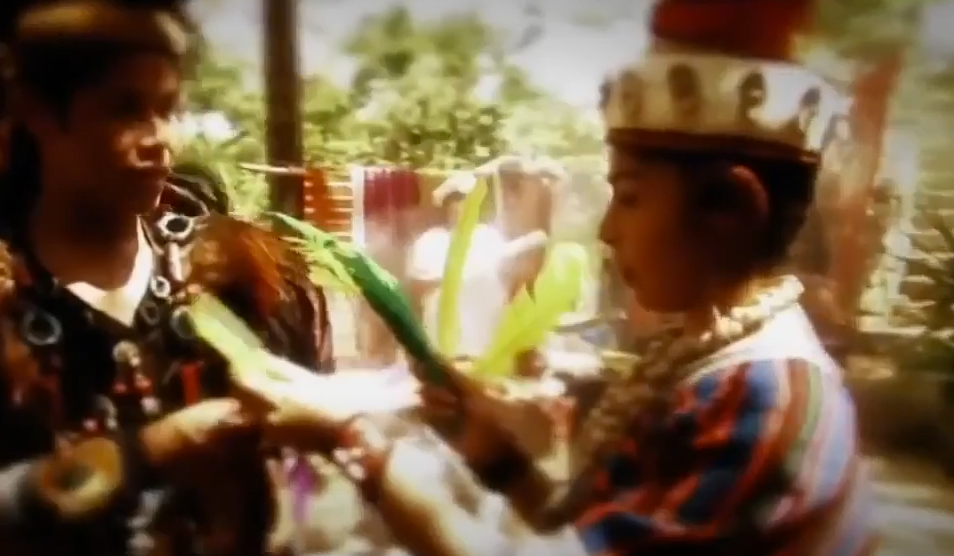 National Geographic, Maya Underworld (2012)
National Geographic, Maya Underworld (2012)
It Wasn’t Their First Drought
Though the evidence is clear that there was a steep decline in rainfall through the collapse period, historians point out that the Maya survived at least five previous periods of severe drought. Why did the 850–1000 drought have such cataclysmic consequences? The answer may lie in the system of Maya agriculture.
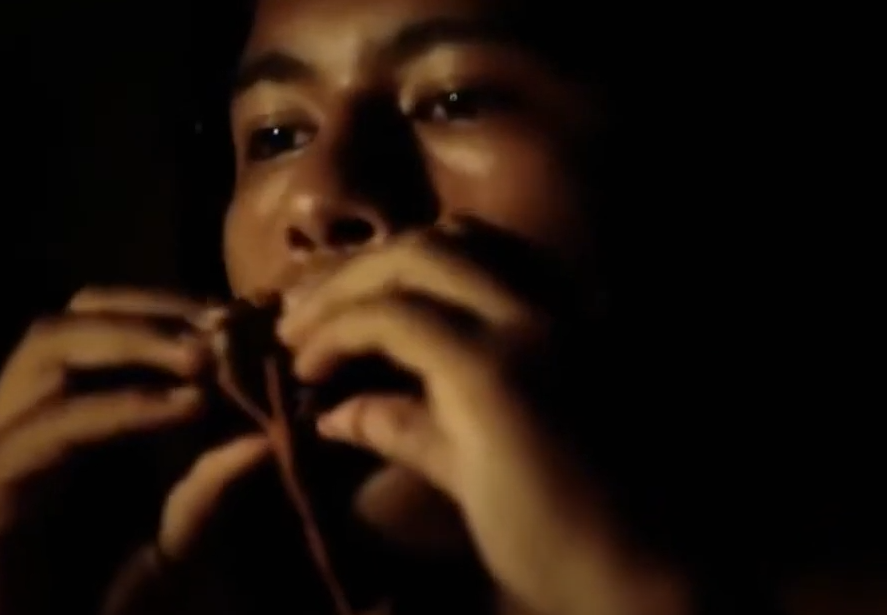 National Geographic, Maya Underworld (2012)
National Geographic, Maya Underworld (2012)
Theory: Systemic Ecological Collapse
While the drought theory is still popular, there had to be some other factors that pushed the Maya over the edge. Enter the Ecological Collapse model. This ambitious theory focuses on the excesses of Maya agriculture in combination with a climate in crisis to explain the civilization’s downfall.
Slash And Burn
In order to reap maximum productivity from the forbidding terrain and soils of Central America, farmers had to cut down wide swathes of forest. They cut terraces in the steep hillslopes, and dug canals, dikes, and other irrigation features. When carried out over a span of centuries, these intensive practices would have a massive impact on their civilization’s future.
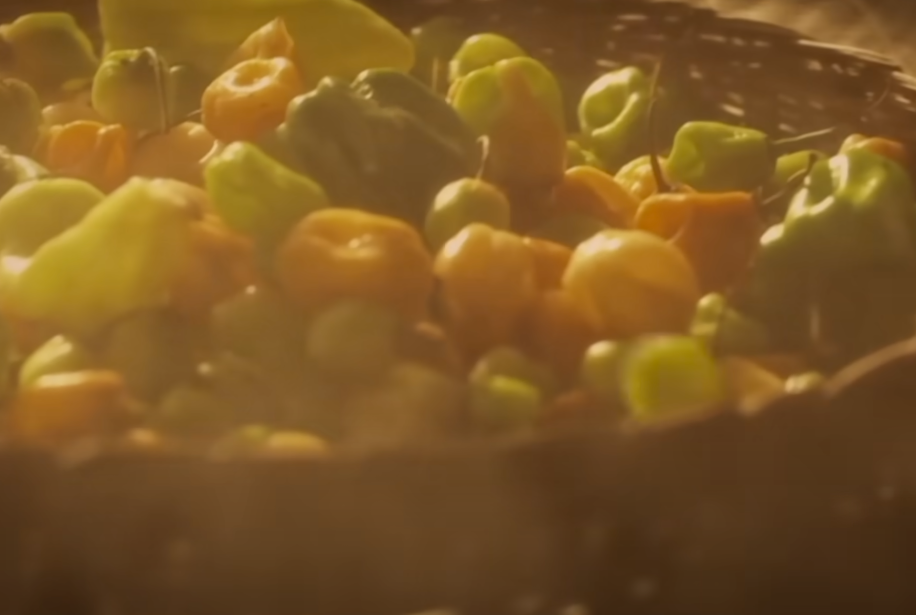 National Geographic, Lost World of the Maya (2019)
National Geographic, Lost World of the Maya (2019)
A Mixed Harvest
The Maya provided a stable food supply for an advanced civilization from terrain that would have been considered unworkable by most. However, what was long a land of plenty eventually began to show signs of decay: siltation, soil loss, and loss of biodiversity. But if Maya farming was reaching the tipping point, so was the structure of Maya society.
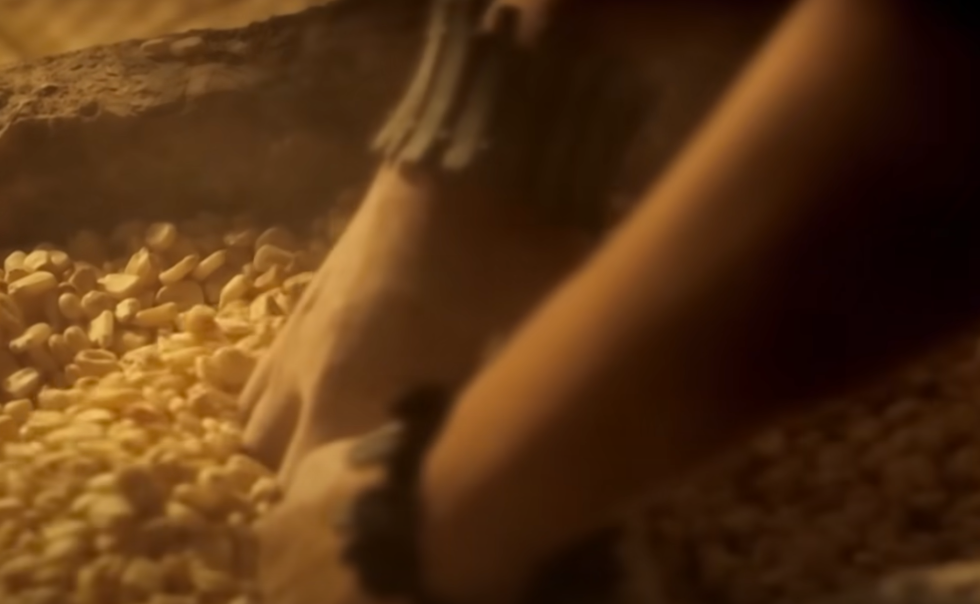 National Geographic, Lost World of the Maya (2019)
National Geographic, Lost World of the Maya (2019)
Theory: Social Breakdown
Some researchers maintain that Maya society was too complex to survive the conditions. This theory says that densely populated city-states were highly dependent on farming for survival, and required increasingly complex systems of administration to keep society going. Under these circumstances, any change in political, economic, or climatic conditions would have been catastrophic.
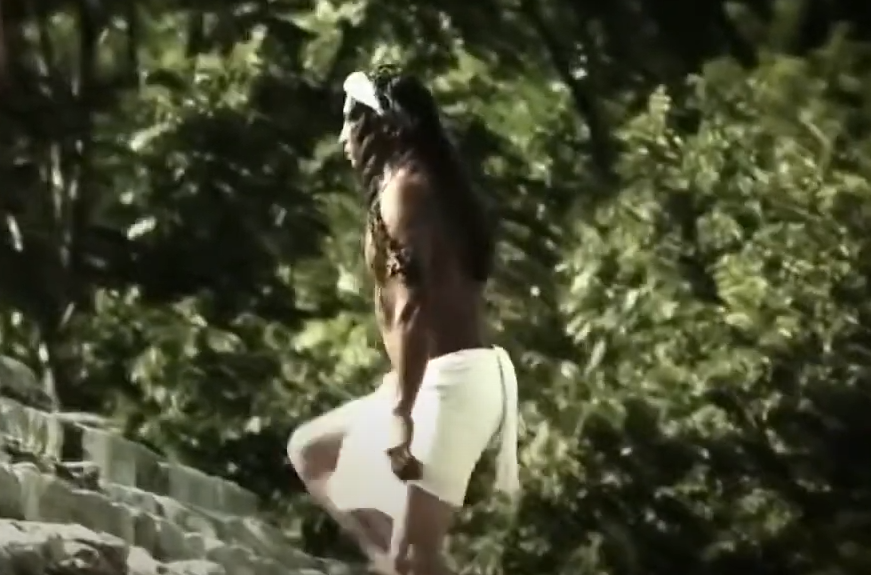 National Geographic, Maya Underworld (2012)
National Geographic, Maya Underworld (2012)
Structure Of Maya Society
Similar to European feudalism, Maya society was based on the authority of the king, passed down through nobles and peasants who worked the land, and administered by priests who enforced religious codes. This system functioned seamlessly for many centuries. What could have knocked it off course?
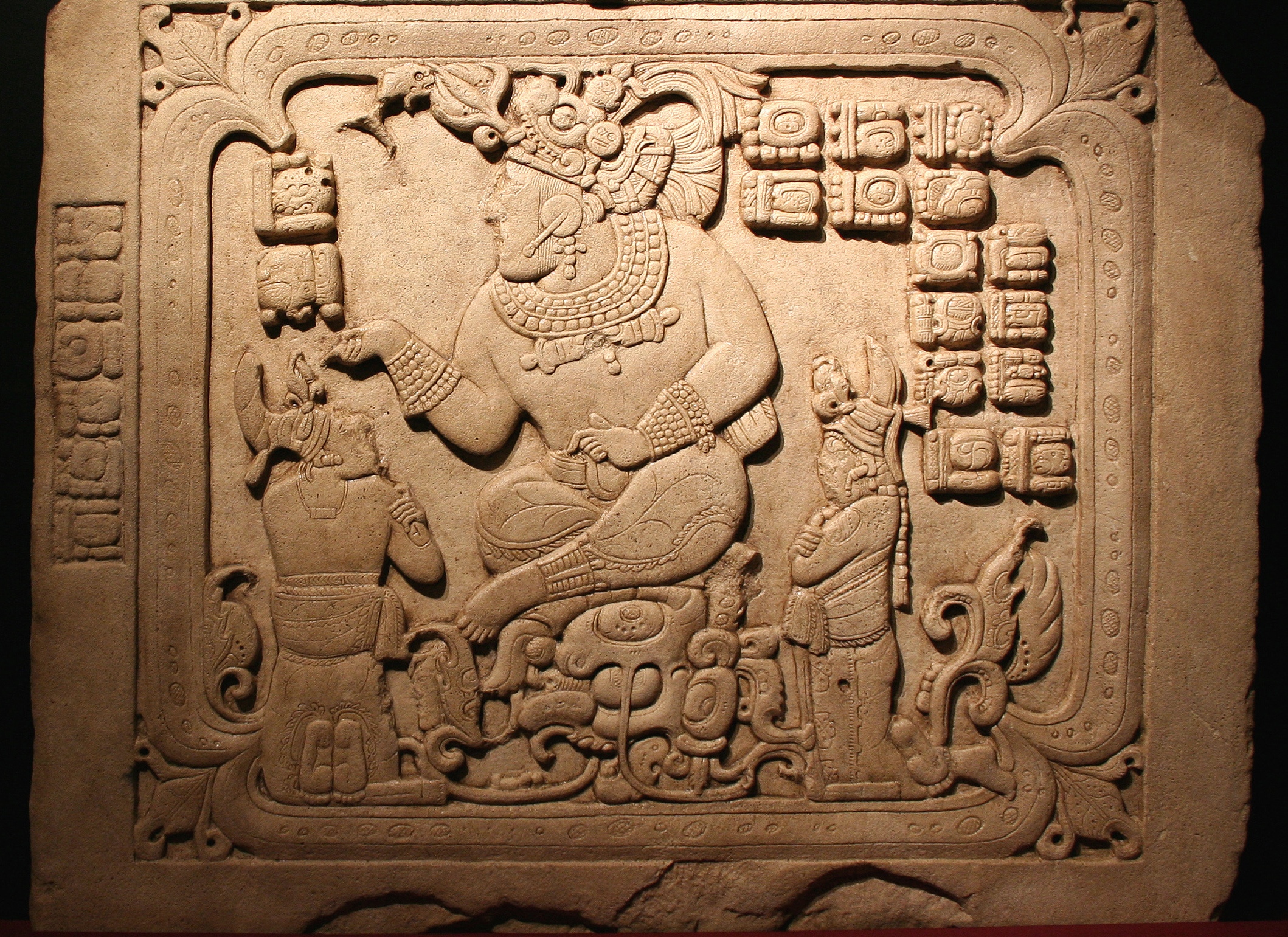 Authenticmaya~commonswiki, CC BY-SA 2.5, Wikimedia Commons
Authenticmaya~commonswiki, CC BY-SA 2.5, Wikimedia Commons
Overpopulation
Thriving agriculture and stable trade routes in the Maya lowlands led to an increase in the birth rate, and likely would have led to more people migrating into the area. At their peak, the lowland city states had populations in the tens of thousands. The booming population was highly vulnerable to crop failures. But that’s not the only possible source of chaos.
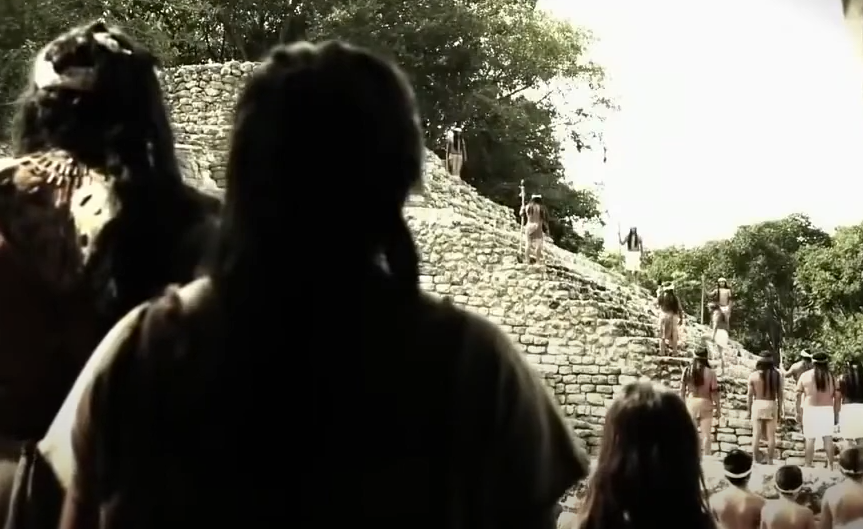 National Geographic, Maya Underworld (2012)
National Geographic, Maya Underworld (2012)
Poisoned Water Supply
The Maya city of Tikal supported an estimated 60,000 people at its height. But recent research suggests that the water supply may have been poisoned by runoff from nearby mercury deposits, effectively poisoning the population. Toxic algae also had disastrous health effects. Without access to modern scientific knowledge, such events would be a source of great fear and uncertainty.
 National Geographic, Maya Underworld (2012)
National Geographic, Maya Underworld (2012)
A Loss Of Faith
The Maya were a highly religious people, who placed great importance on the cycles of the Earth and the cosmos alike. Could a major drought signify a breakdown in the universe’s rhythms, and shake the faith of such a people?
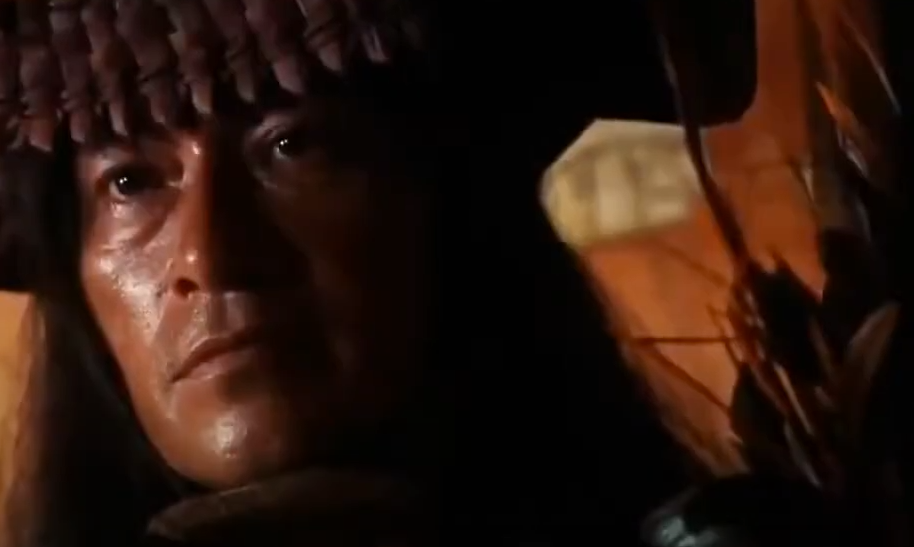 National Geographic, Maya Underworld (2012)
National Geographic, Maya Underworld (2012)
Decline Of Monumental Architecture
The Maya recorded the accomplishments of their kings on magnificent carved stone slabs called stelae. Since the kings’ authority came from the gods, the presence of the stelae is an indication of religious faith and authority. Yet after 900, the construction of stelae came to an abrupt halt. Was this due to a loss of faith in religious traditions? Or was it simply because the cities were abandoned?
Tying It All Together
The current working model of Maya collapse sensibly incorporates several different contributing factors: A densely populated urban society that was often at war with itself relied on a fragile ecosystem to survive. Once the climate went into a long-term drought condition, there was no way out. But there are still unanswered questions.
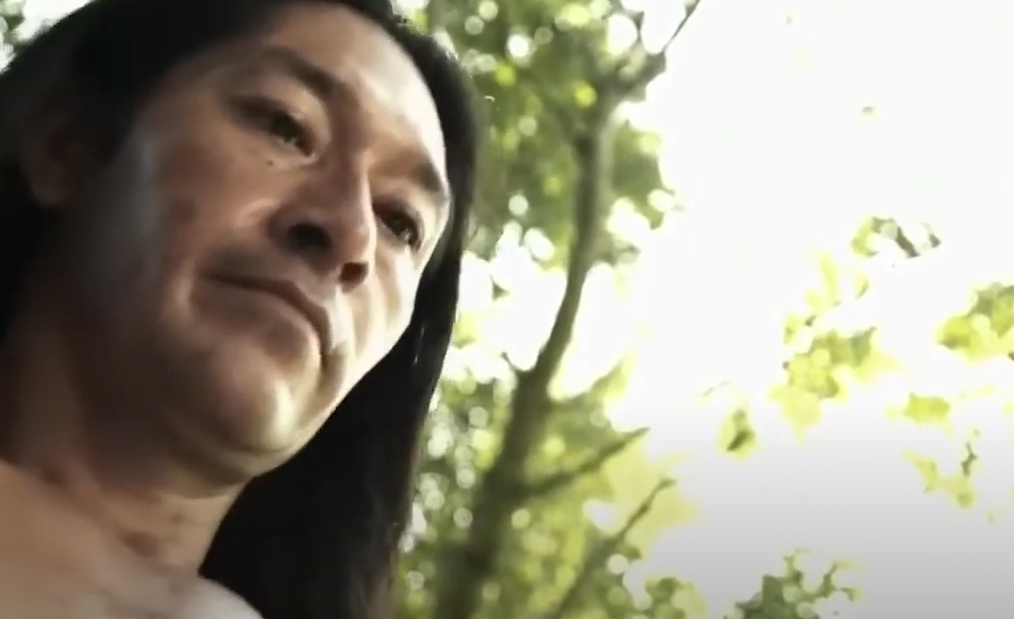 National Geographic, Maya Underworld (2012)
National Geographic, Maya Underworld (2012)
Shift To The North
The ancient site of Chichén Itzá became a hub of Maya life for three centuries after the collapse of the lowland centers. The rise of Chichén Itzá coincided with the decline in the lowland city-states. Could the city have been a destination of migrants from the Maya lowlands? How did it survive the droughts of the time period?
A Fundamental Disagreement
While the quest for answers goes on, some archaeologists strongly disagree that there was ever a true collapse of Maya civilization. They maintain that the civilization merely shifted its heartland to the north. The rise of Chichén Itzá seems to support this notion. Whatever the case, the Maya people still inhabit the region.
 Mario Moguel, Wikimedia Commons
Mario Moguel, Wikimedia Commons
They Haven’t Gone Anywhere
While the civilization they built is no more, millions of Maya people themselves still live in the region, maintaining their traditional languages and customs. Maya culture survives through its beautiful textiles, and its traditional mythology is preserved in written form in the famous Popol Vuh.
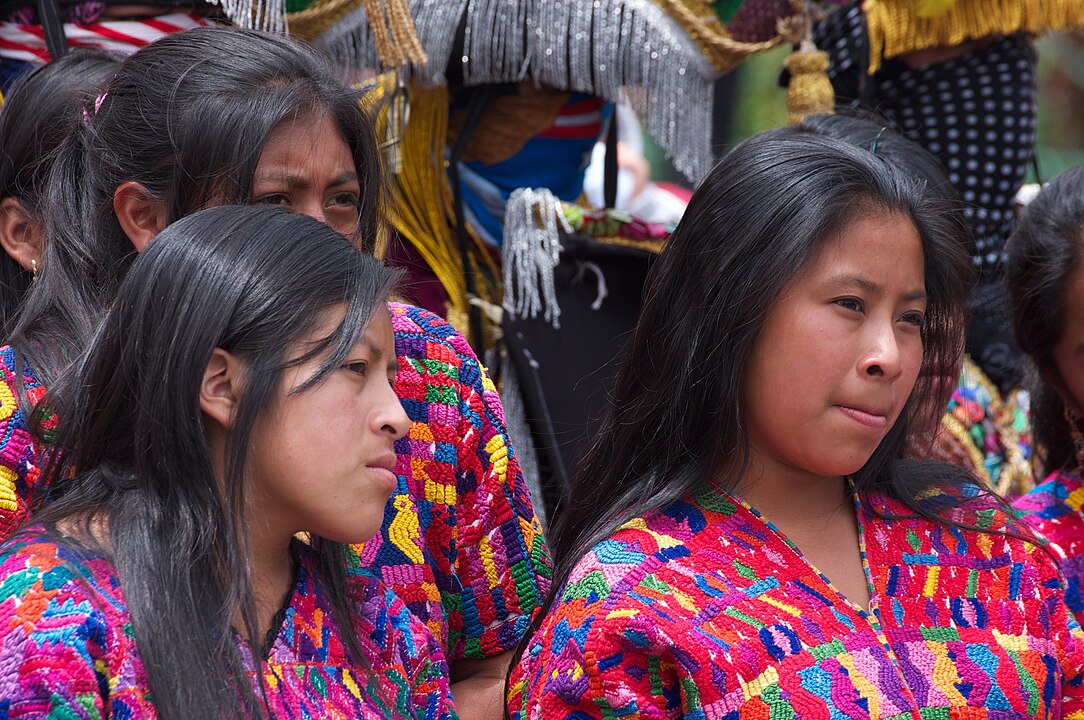 Ericwaltr, CC BY-SA 3.0, Wikimedia Commons
Ericwaltr, CC BY-SA 3.0, Wikimedia Commons
The Hunt For Answers Continues
As research continues, new discoveries may allow us to finally get to the bottom of what really drove the final collapse of the ancient Maya civilization. Not only will we deepen our understanding of the fascinating world of the Maya, this hard-won knowledge may even help us make our own civilization more sustainable.
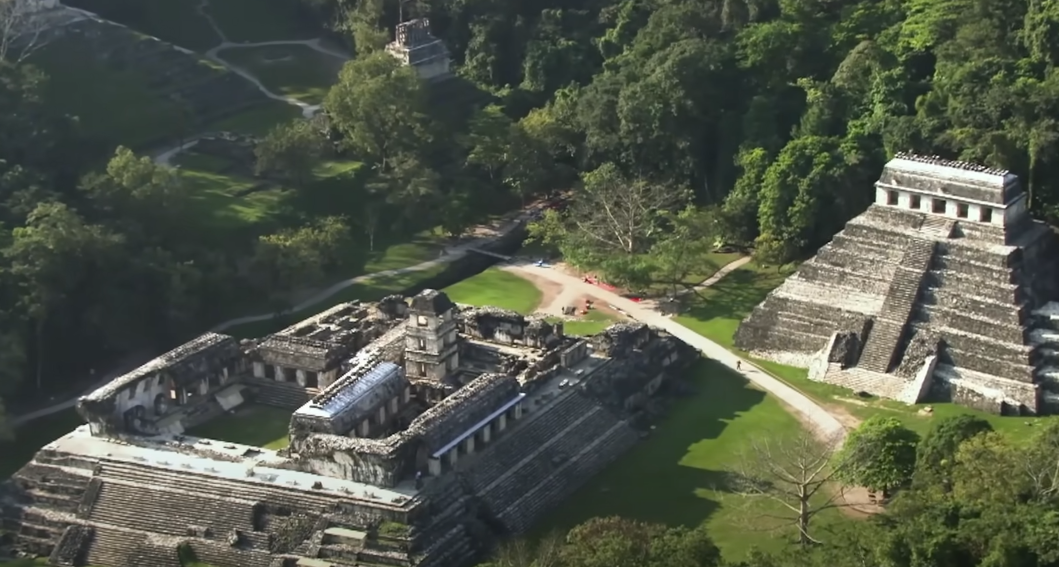 National Geographic, Lost World of the Maya (2019)
National Geographic, Lost World of the Maya (2019)

